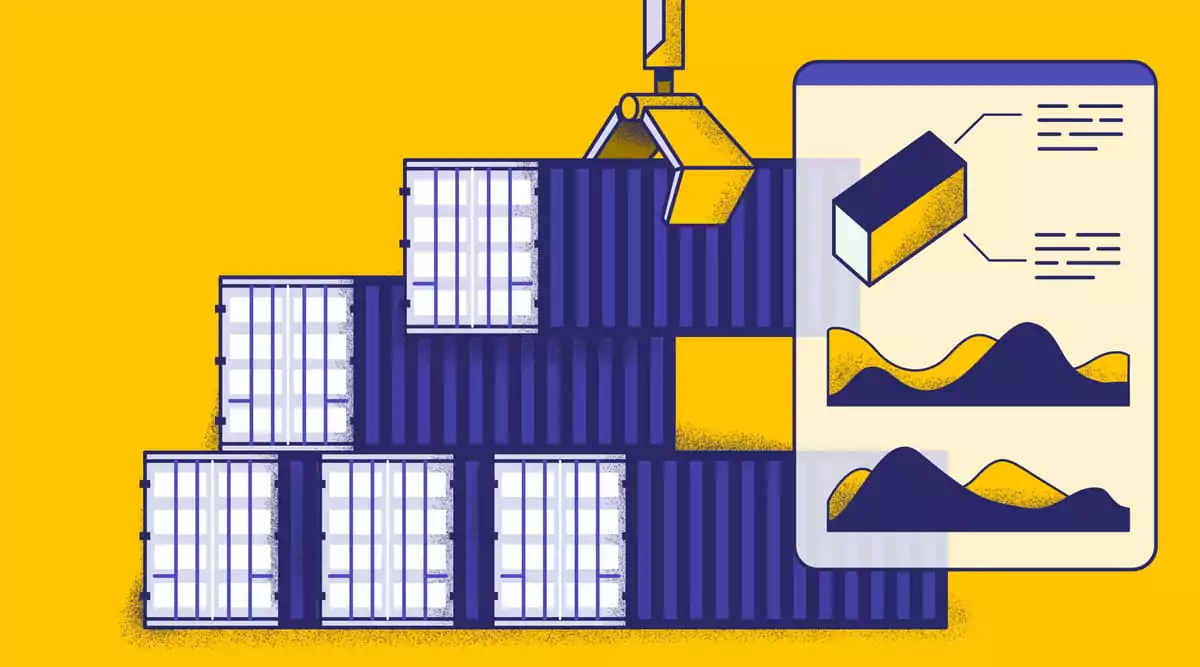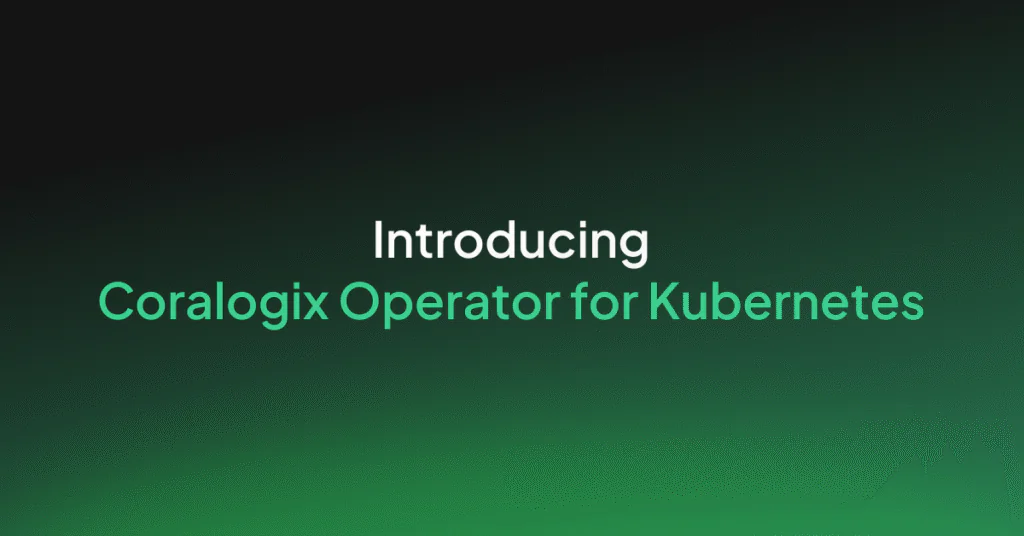6 Tips to Integrate Container Orchestration and APM Tools

Application performance monitoring (APM) setup and strategies vary based on the application’s infrastructure design. Containers managed by orchestration tools like Docker Swarm or Kubernetes are dynamic and ephemeral, significantly affecting monitoring strategies. Container development speeds up an organization’s ability to build, deploy and scale new features. While it is not required that microservices are deployed in a container, it is common practice to help avoid complications that arise when moving software into production.
Let’s look at strategies for integrating container orchestration with application performance monitoring tools. We will also discuss anomaly detection and the need to automate workflows when using containerized infrastructure.
Integrate Container Orchestration Tools
Container orchestration tools automate containerized applications’ deployment, scaling, management and networking. These tools centralize the management of workloads across machine clusters. Examples of these tools include Kubernetes, Docker Swarm and AWS Elastic Container Service. Each requires a consistent strategy to integrate application performance monitoring.
Ephemeral Environment Management
Container management tools allow the system to automatically adapt to load or changes in the environment. These environments are highly dynamic and ephemeral, with pods being spun up or shut down frequently as demands change. When pods are shut down, any data stored in it is wiped out, making monitoring difficult. Monitoring each pod manually is impractical and error-prone since they are scaled automatically and can shift between hosts. Autodiscovery enables monitoring systems to adapt to such changes in containerized environments.
Kubernetes offers several methods for the autodiscovery of containers, including service endpoint discovery through DNS and cluster information fetching using the Kubernetes API. Kubernetes also allows users to attach labels to its resources so monitoring tools can recognize which containers should be monitored and how.
Granular Container-Level Metrics
Tracking container-level metrics like CPU usage is critical for software maintenance. This data allows teams to monitor performance, optimize resources and manage costs of containers and the applications running on them.
Monitoring CPU usage helps ensure sufficient resources are allocated to meet performance requirements. Organizations can detect instances of resource contention and adjust accordingly to prevent performance degradation. This monitoring can also identify opportunities for performance optimization by understanding which components and processes are consuming the most resources. Once understood, developers can optimize code, improve algorithm efficiency or scale out resources.
Container-level metrics are also useful in detecting noisy neighbors. Noisy neighbors occur when shared resources become limited due to a neighboring system’s overuse. An application can show reduced performance or even crash if resources are reduced enough. This degraded performance can be difficult to track without container-level metrics on use.
Dependency Mapping
Dependency mapping provides insights into the relationships between various components in a containerized system. In containerized architectures, applications are composed of multiple services that interact with one another. Dependency mappings help APM tools understand dependencies between these services, including communication patterns, data flow and external dependencies.
APM tools use dependency mappings to identify performance bottlenecks or points of failure. These mappings further assist in root cause analysis by tracing the impact of performance issues across interconnected services to identify the source for DevOps or SRE teams.
Distributed Tracing
APM tools must support distributed tracing and profiling to follow requests as they flow through multiple containers. Dynamic tracing allows teams to implicitly observe how services interact with one another by requiring each service to emit some identifying signal. As the data flows across containers, monitoring tools can track the data to see where it flows and how long it takes to travel there. This data allows APM tools to identify bottlenecks and poorly performing infrastructure.
Integrate Service Mesh
Communication between containers is critical in managing application performance. Even managed containers are isolated from each other, except when a service-to-service communication system is implemented. Such a system could be built manually, but that is not scalable or maintainable as a system grows. A service mesh can replace this manual system, allowing containerized microservices to communicate directly.
A service mesh like Istio provides observability and security features. It will inject pertinent data into messages as they flow through microservices. This data can be tracked by DevOps teams to identify issues in the system and better understand how data flows.
Monitor Container Security
APM tools provide visibility into security vulnerabilities in containerized systems. Abstraction leaks like exposed environment variables, filesystem access and network traffic analysis should be monitored. APM tools can also monitor permission escalation vulnerabilities. Privilege escalation attempts such as unauthorized access to privileged resources or modification of system settings should be detected by your APM tool.
Automate Workflows
Automating workflows in containerized environments helps ensure efficiency and scalability and reduces the likelihood of human error. Several workflows, including deployment, scaling and disaster recovery, should be automated. Monitoring and logging can also be automated to support these dynamic containers.
By automating logging and monitoring, alerts can be automatically set up to take action faster than a human could. For example, if a container becomes unresponsive or laggy, monitoring could detect the issue before the cause is known. When alerts are combined with automatic responses, like container scaling, such problems can be fixed automatically and their root cause determined later.
Monitor VM-Level Metrics
In a containerized environment running on virtual machines, APM at the VM level ensures the overall health and performance of the system. Container orchestration platforms provide insights into container and orchestration infrastructure health, but monitoring at the VM level offers a deeper understanding of the underlying infrastructure supporting containerized applications. Monitoring should include resource utilization, hypervisor performance, security and performance optimization.
Use Modern CI/CD
Traditional continuous integration/continuous deployment (CI/CD) pipelines may struggle to keep up with the increased pace of changes enabled by containerization and microservices. These environments are also highly dynamic, with containers spinning up, scaling and terminating dynamically in response to demand. CI/CD pipelines must adapt to these changes to ensure smooth, reliable deployments.
Modern CI/CD pipelines are designed for containerized environments. They support features like declarative configuration, infrastructure as code, automated testing and canary deployments to facilitate rapid application deployments.
This article was originally published on TheNewStack website.




